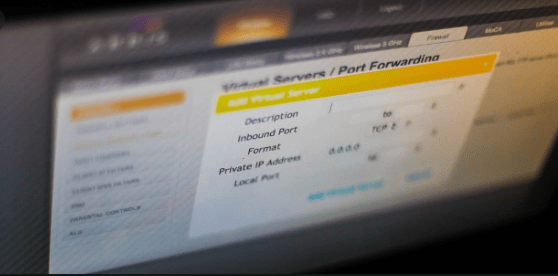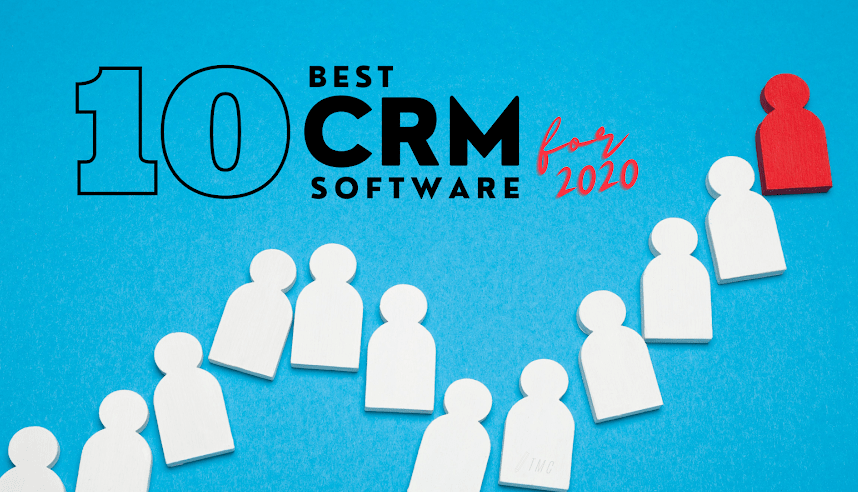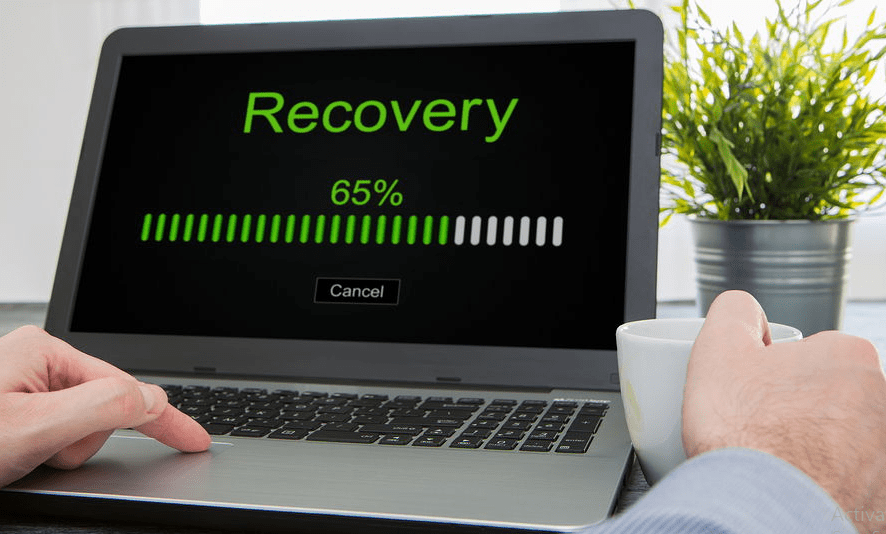Running a business is incredibly difficult: so many moving parts must be considered, from managing human capital to ensuring that invoices are sent out in a timely manner. As your business grows, so do the concerns – and the need for agile and comprehensive tools that will manage as much as possible so you can focus on strategy.
Workflow automation software is an incredibly effective way to do more with less, especially when considering Enterprise Resource Management software; one of the most useful is the JD Edwards (JDE) Enterprise Resource Management program, used by thousands of companies around the world.
These tools allow you to manage various workflows in one console, freeing up vital time to consider other pressing issues that require human intervention. However, these programs become outdated with time, or your company may outgrow its original software and require a stronger and more comprehensive system.
How do you know it’s time to upgrade your services? Who should you rely on to help? Today, we’ll explore the most significant signals that your ERP needs an upgrade and explain why you should rely on expert guidance for this essential task.
Sign One: You’re Experiencing Performance Issues
The first and most obvious sign is that your program simply isn’t keeping up with the demands placed upon it. This can happen if you’re using outdated technology – for example, if your laptops are more than four years old – but it can also happen if your company has simply outgrown the original software or if you’re using a legacy system that is no longer supported by the provider. If you’re using newer hardware but the problems still persist, it may be time to upgrade your ERP.
You can identify performance issues by listening to feedback from your employees, who may explain that the program is crashing frequently, loading slowly, or continually glitches. You might also notice a dip in the productivity of your systems due to the natural degradation of the software, which indicates that you need to work with a vendor like GSI to find a newer and more streamlined solution, such as JD Edwards EnterpriseOne 9.2.
Sign Two: The Regulatory Environment Has Changed
Most standard-setting regulatory bodies in industries frequently update their data security and privacy standards to ensure that all providers meet the highest security benchmarks with any sensitive information. Your current software may no longer comply with these requirements, so it’s best to update as soon as possible. Failure to do so can lead to fines, work disruptions, and even lost contracts. If your industry has recently raised its standards, you need to check that your current ERP still meets those benchmarks; if not, you should contact a vendor who can help you upgrade to the newest version, JD Edwards EnterpriseOne 9.2.
Sign Three: Your Competitors Have Moved On
Even if your program is working fine and your regulatory standards have not changed, there’s another essential reason you may choose to upgrade: your competitors already have. Each new update of JDE comes with enhanced capabilities, more modules, and more opportunities to integrate with third-party programs that you may still prefer. If you’re still on an older version of JDE, you won’t have the same agility and flexibility as your competitors, who will leave you in the dust as they start to leverage the powerful advantages of newer software.
Every industry is an arms race, and you want to be on the cutting edge at all times, which means you must embrace proven technology to help accelerate your processes. Given that ERP is such a crucial component of productivity, and that JD Edwards has proven itself to be one of the best ERP systems out there, it simply makes sense to take advantage of its newer models before your competitors leave you in the dust.
Why Work With an ERP Consultant for Upgrades?
When it comes to ERP, the average user is not an expert, and they may not be familiar with the nuances of upgrading a system and migrating your data to the new platform. While it may seem simple, this is not the same as simply updating your computer when the provider releases a new patch: it takes time and careful planning to ensure everything is working properly and that you have all the functionality you need.
An ERP, including JD Edwards, is an investment, and it needs to be set up carefully so that you don’t experience any issues when you first begin to utilize the new version. By working with a JDE expert, you can be assured that everything is installed properly and that all your information is appropriately integrated into the new system.
If you’re unsure whether it’s time to upgrade, contact a service provider to carefully assess your processes and identify whether you need enhanced capabilities. You may find yourself impressed by just how smoothly your work goes once you’ve harnessed the new capabilities of updated software – and how much more cost-effective it is to upgrade.
You might also like to read:-







